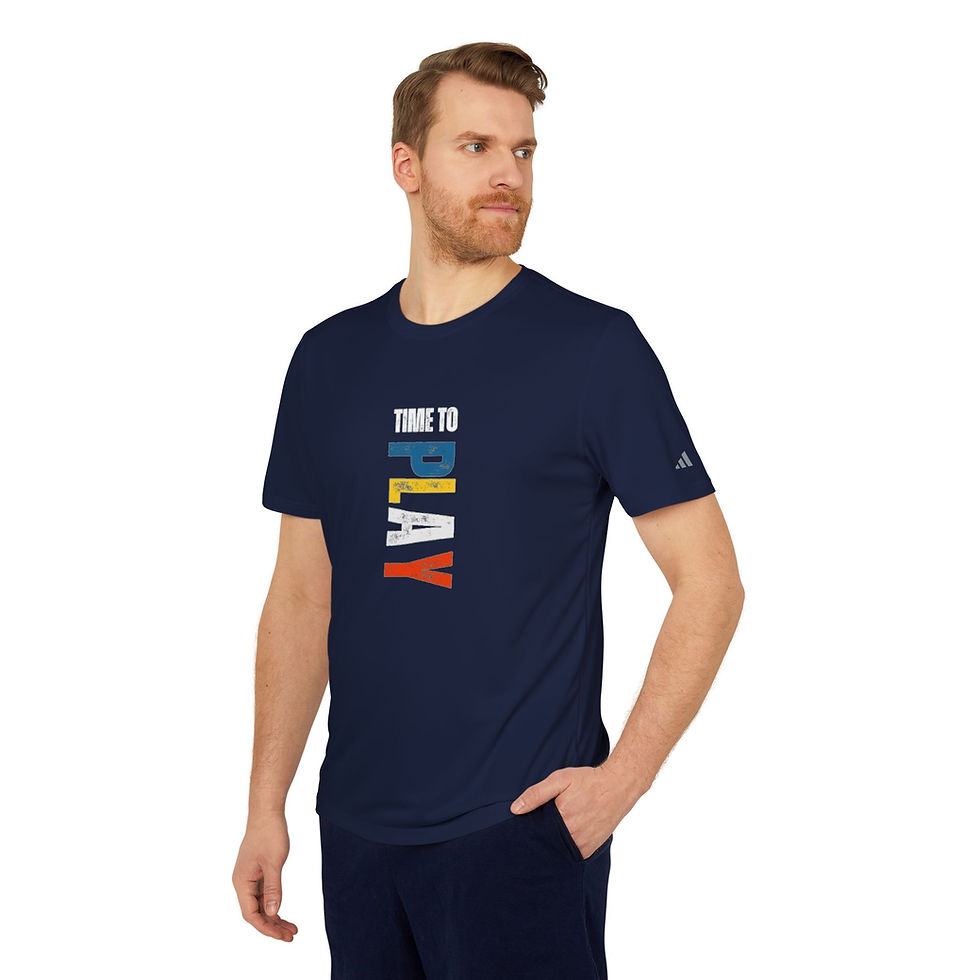Women's Soccer's Commercial Boom: How the Beautiful Game Is Becoming a Global Business Powerhouse
- Chester Khangelani Mbekela

- Jun 18
- 4 min read

Article by: Zila Mbekela, 18 June 2025

In recent years, women’s soccer/football has transformed from a niche sport with passionate support to a powerful commercial force in the global sports industry. Driven by rising sponsorships, expanding media rights deals, and increasing investment in athletic infrastructure, the women's game is no longer riding on the coattails of men’s soccer—it is standing tall in its own right.
A pivotal factor in this acceleration has been the resounding success of the most recent FIFA Women’s World Cup, which delivered record-breaking viewership, fan engagement, and commercial value. The tournament didn’t just crown a world champion—it crowned a new era of visibility and viability for women’s football.
Let’s take a closer look at the key drivers of this commercial growth, the opportunities unfolding across the globe, and why women’s soccer is no longer just a movement—it’s a market.
1. Sponsorships: Brands Are Betting Big
Big-name brands are lining up to associate themselves with women’s football. In the past, companies viewed women’s soccer as part of a social responsibility initiative. Today, it’s a strategic marketing investment.
Visa, for example, committed to being a top-tier sponsor of the UEFA Women’s Champions League and Women’s Euro 2022, separate from its men's sponsorships.
Nike and Adidas have also expanded their partnerships with women’s leagues and national teams, launching women-centric campaigns and athlete collaborations.
The 2023 Women’s World Cup saw over $300 million in commercial revenue, a large portion of which came from global and regional sponsorships.
Sponsorship value is no longer gendered. It’s driven by audience engagement—and the audience is growing fast.
2. Media Rights: From Footnote to Front Page
Media rights are the financial engine of modern sports—and women's soccer is starting to cash in.
The English FA Women’s Super League (WSL) secured a groundbreaking £24 million broadcasting deal with Sky Sports and the BBC.
In the U.S., NWSL's most recent broadcast deal spans major platforms like ESPN, Amazon Prime Video, and CBS, marking a strategic pivot toward mainstream visibility.
FIFA reported that the 2023 Women's World Cup was viewed by over 2 billion people globally—up from 1.12 billion in 2019.
Media companies are recognizing the long-term value of exclusive rights to women's matches, treating them not as fillers between men’s fixtures, but as premium content with growing fan bases.
3. Investment in Leagues and Facilities: Building a Long-Term Product
Investment in women’s soccer has moved beyond jerseys and ad spots. Now, it's about creating sustainable ecosystems.
Clubs around the world are pouring resources into:
Dedicated training grounds
Professional coaching staff
Youth development academies
Player health and recovery facilities
In Europe, Barcelona Femeni, Chelsea Women, and Lyon are showcasing what elite women’s football looks like when it receives top-tier support. In the U.S., Angel City FC in the NWSL has become a case study in inclusive, fan-driven, and commercially viable sports franchise building.
This growth isn’t just about parity; it’s about potential. Investors and stakeholders are waking up to the fact that women's football is fertile ground for returns—on investment, audience, and impact.
4. World Cup Supercharge: The Tournament That Changed Everything
The 2023 FIFA Women’s World Cup, co-hosted by Australia and New Zealand, became a cultural and commercial phenomenon.
It set an attendance record with over 1.9 million fans in stadiums.
Matches sold out across the board, including neutral fixtures with no host-country teams.
Merchandise, digital content, and match-day revenue all hit new highs.
The tournament’s biggest legacy was visibility. It proved that women’s football wasn’t just an Olympic side-show—it was an elite, standalone sporting event that fans around the world wanted to watch, support, and celebrate.
Federations, sponsors, and broadcasters took note. The impact of the World Cup continues to ripple into league attendance, TV ratings, and commercial inquiries long after the final whistle.
5. The Global Game: Momentum Across Continents
While the U.S., England, and parts of Europe have led the commercial charge, women's football is now experiencing growth on every continent.
In Latin America, federations like Brazil and Argentina are investing more in women's pro leagues.
In Africa, the CAF Women’s Champions League is building on a new wave of elite talent and regional partnerships.
In Asia, countries like Japan, South Korea, and Australia are establishing better league structures, increasing wages, and attracting foreign players and sponsors.
The global footprint of women’s soccer is expanding fast—and with it, the business opportunity. Emerging markets offer both audiences and athletes who are ready to embrace the game in full force.
6. Cultural and Commercial Convergence: Storytelling Meets Strategy
Part of what makes women’s football such an attractive commercial property is the narrative potential. The players aren’t just athletes—they’re cultural ambassadors, role models, and trailblazers.
Brands are recognizing this emotional equity and building campaigns that tell stories, not just sell products.
Female athletes are leading messaging around body positivity, mental health, and equality.
Women’s football clubs are partnering with fashion, tech, and lifestyle brands to reach beyond just sports fans.
The players are digitally native influencers, engaging with fans authentically on platforms like Instagram, TikTok, and Twitter/X.
This convergence of sport, culture, and commerce has created a marketing goldmine—and women’s soccer is right in the center of it.
7. What’s Next? The Billion-Dollar Potential
With projections estimating the global women’s football market will surpass $1 billion in value by 2030, the current boom is only the beginning.
Key next steps include:
Better collective bargaining agreements to ensure players are protected as commercial value grows.
Smarter media packaging that promotes women’s leagues with prime-time slots.
Private equity and strategic partnerships to scale league operations.
Educational and development programs to grow youth participation and diversify the talent pipeline.
If the right foundations are laid, the women’s game won’t just compete commercially with the men’s—it will co-exist as a standalone powerhouse with its own audience, stars, and legacy.
Conclusion: The Business of Belief
Women's soccer is having its moment—and this time, it’s here to stay. The blend of purpose, performance, and profit is turning heads and opening wallets around the world. As sponsorships rise, media rights expand, and stadiums fill, the business of women’s football proves one thing: this is not a charity cause. It’s a commercial triumph in the making.
And for every young girl with a dream and every fan with a chant, that’s a win worth celebrating.











Comments